Sparrows are from the diverse family of small birds Passeridae. Whilst true sparrows belong to the genus Passer, there are other sparrows in other genera of the family, such as the Java sparrow from the genus Estrildidae, as well as the bush sparrows of genus Gymnoris and an outlier, the Rock sparrow from the genus Petronia. Other so-called New World sparrows also include birds such as the Juncos.
The true sparrow genus Passer contains the House Sparrow and Eurasian Tree Sparrow, which are two of the most common birds in the world. Here, we’ll answer; do sparrows migrate?
Amongst true sparrows, there are a few migratory species. The most common sparrow, the House sparrow, tends to be sedentary and non-migratory. The Eurasian tree sparrow does sometimes migrate, as do American tree sparrows.
This question would be incredibly hard to unravel if we were to look at all species of true sparrows from the genus Passer in addition to the many New World species there are in the diverse (and confusing) Passeridae family!
There are 28 sparrows in the true sparrow genus Passer, and their migratory behaviours differ. Whilst some species, such as the House sparrow, rarely travel far from their nests, some species, such as the Clay-colored sparrow, migrate thousands of miles.
Most sparrows in North America are migratory to an extent, including the American tree sparrow, but only the northernmost Eurasian tree sparrows migrate.
Read on to discover more about the migratory behaviours of these extremely successful birds!
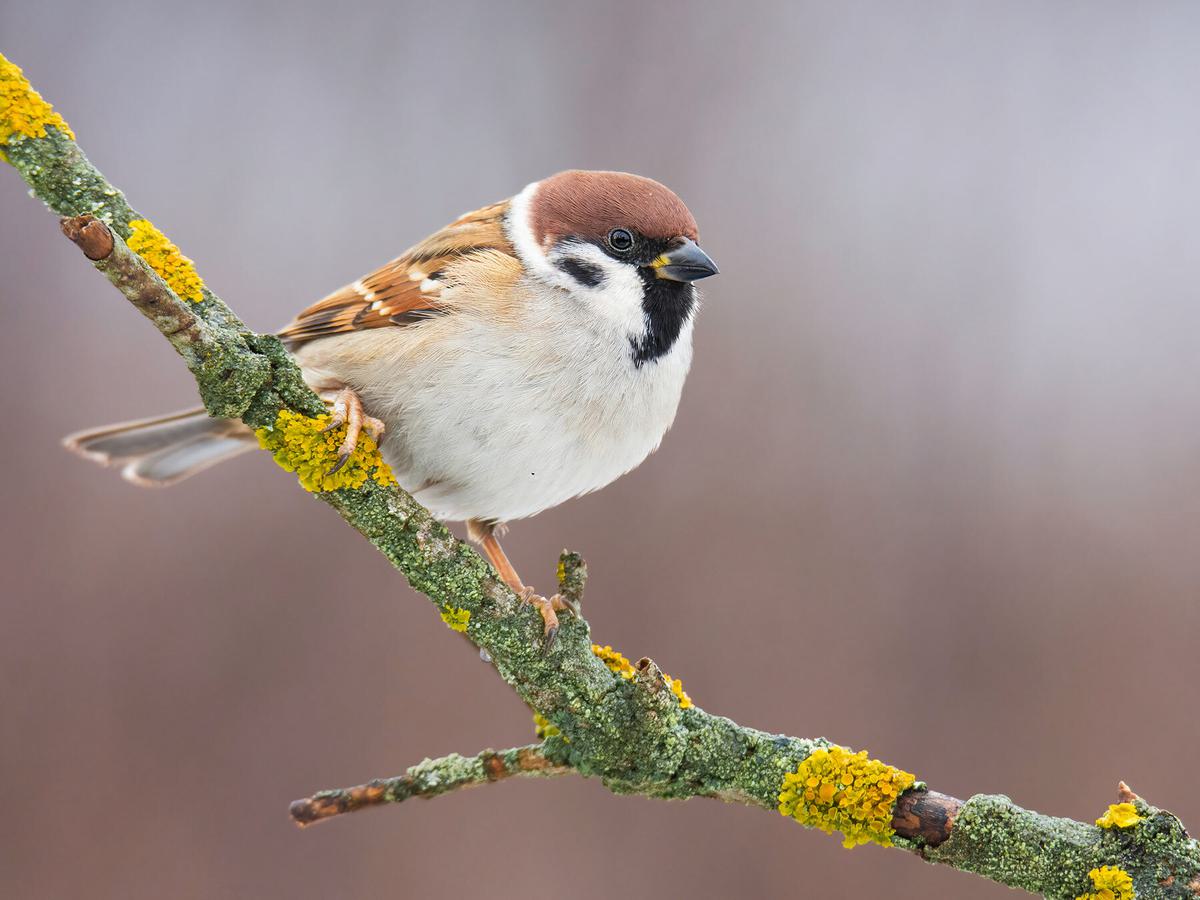
Eurasian Tree Sparrow (Passer montanus), often partake in migration
Which sparrows migrate?
Whilst not known for their migration, it’s not accurate to say that sparrows are non-migratory as many do migrate.
There are even some isolated populations of partially migratory House sparrows, which are often thought to be totally non-migratory. Most North American sparrows are migratory, as are many North and Central European sparrows.
Migratory sparrows include:
- American tree sparrows nest as far north as the Subarctic and the north Canadian tundra, migrating towards the north USA and Southern Canada.
- Clay-coloured Sparrows migrate from the Great Plains to southern Texas and even Mexico.
- Some populations of the Eurasian Tree Sparrow migrate from central and northern Europe towards Africa and the Middle East.
- The Savannah Sparrow nests as far north as Alaska, and some migrate to the southerly-most US states, as well as Central America.
- The Russet Sparrow of East Asia occasionally migrates from the Himalayas to South-East Asia.
- The Sind Sparrow of the South Asian Indus Valley occasionally migrates west towards Iran and West Pakistan.
Migratory sparrows tend to live in more northerly regions than non-migratory sparrows. Those settled in Africa, South Asia, and Oceania are less likely to migrate or do so only to travel from higher altitudes to lower altitudes.
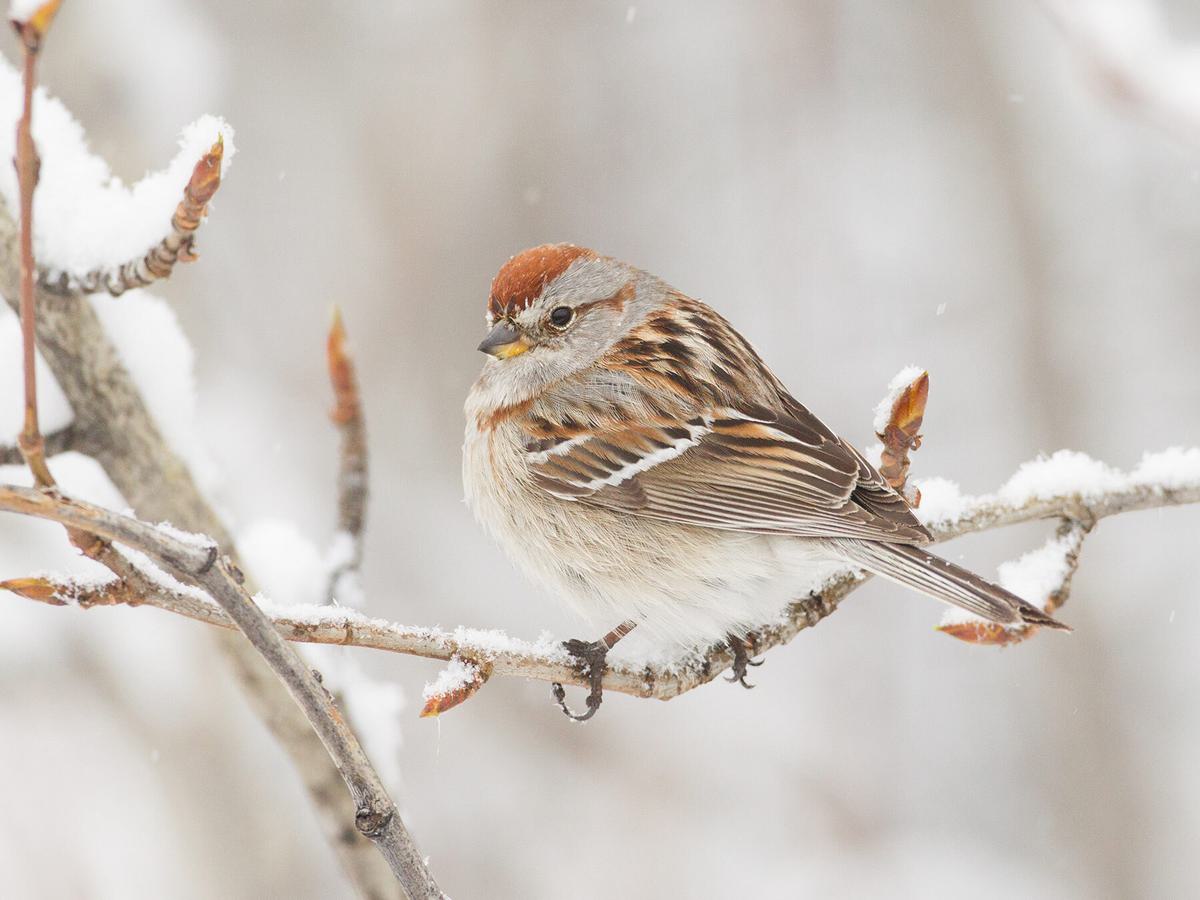
Most American Tree Sparrows (Spizelloides arborea) are migratory
Why do sparrows not migrate?
Sparrows are exceptionally common and successful birds that inhabit practically every region on the planet. As such, they are also very flexible and adaptable to their local habitats. When a bird has most of the things it needs within arm’s reach, such as food, water and safe nesting sites, migration is generally not required.
In the case of typically non-migratory House sparrows, they tend to have all of these things within just a short distance. As flexible feeders, non-migratory sparrows can also generally find enough food in the local area to survive the winter.
Other sparrows do choose to migrate in pursuit of warmer weather during the winter. Warmer regions may also be more food abundant during the winter.
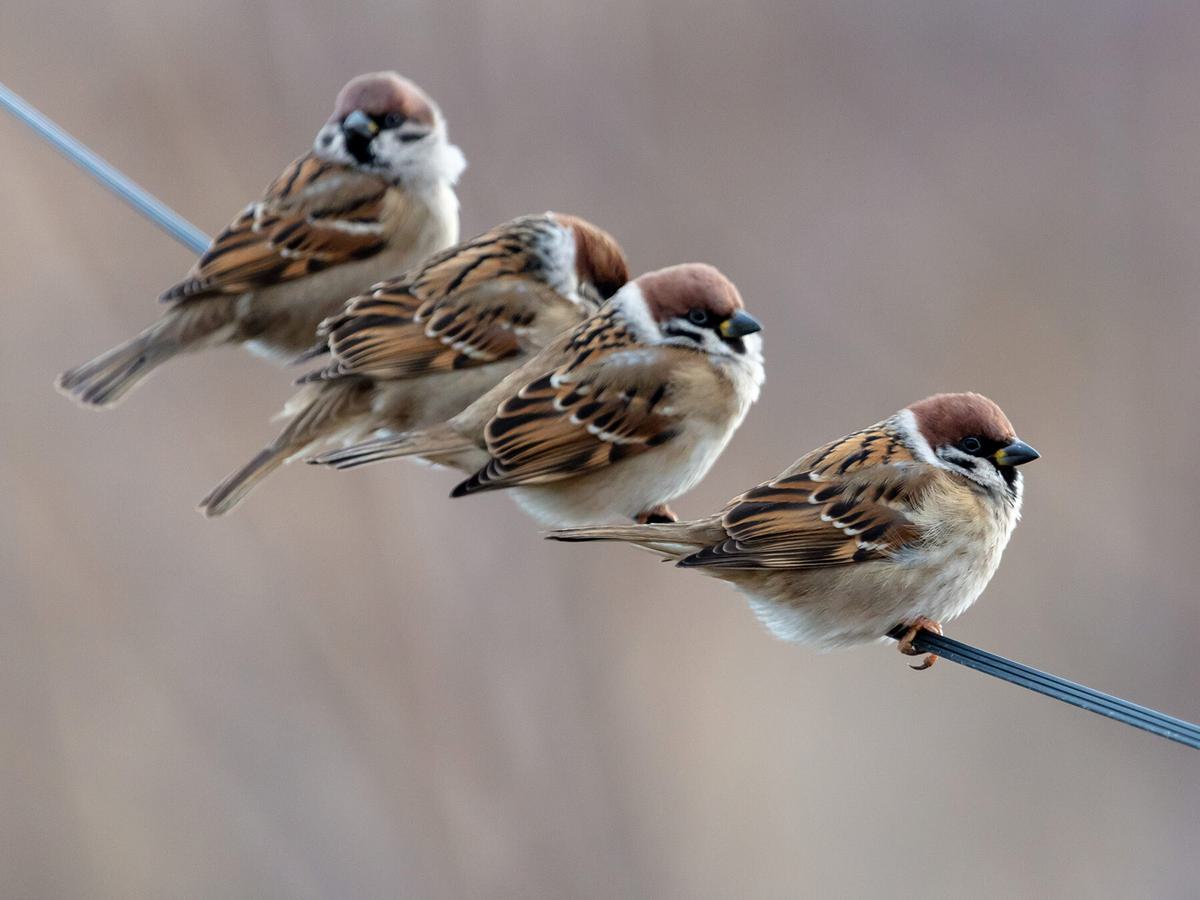
A small flock of House Sparrows, perched on a wire
Where do sparrows go for the winter?
Migratory sparrows typically venture south during the winter. Sparrows that breed at high altitudes often migrate to lower altitudes.
Non-migratory sparrows will typically find a warm, sheltered spot that is shielded from the winter elements. For House sparrows, the clue is in the name! These small birds excavate roosting nests in trees or thick vegetation or attempt to take residence in the roof and rafters of buildings and houses.
Sparrows are resourceful and flexible little birds, hence why they're so common and widespread. They can generally adapt to their local environment, which is why not all populations migrate at all.
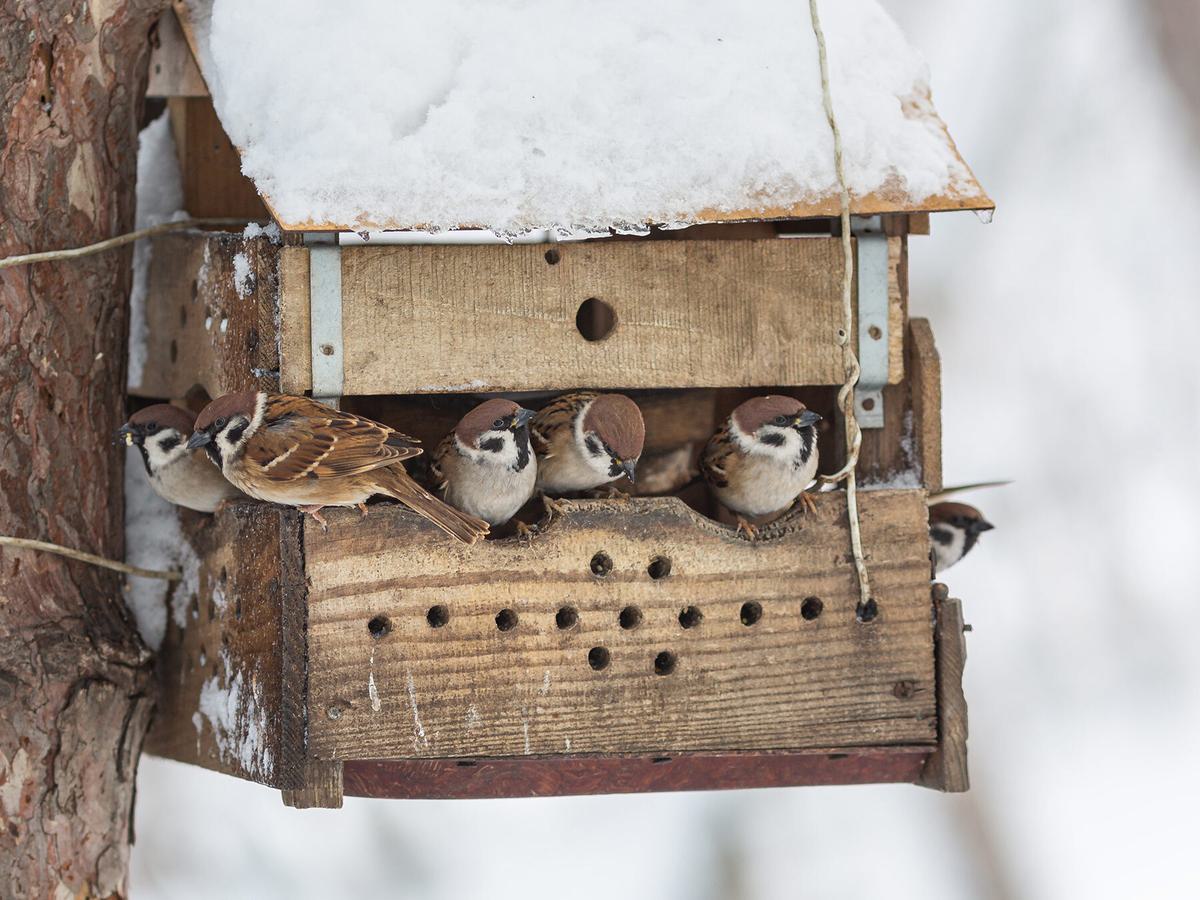
House Sparrows on a feeder during the winter
Are all sparrows non-migratory?
Many sparrows do migrate, even if just a reasonably short distance.
Whilst it’s true that most species of sparrows do not partake in large-scale, long-distance migrations, there are still species that do travel considerable distances consistently every winter, including nearly all species of sparrows in North America. The word “migratory” can be misleading in itself as there is no single definition for what a migratory bird even is.
Some species of sparrows distributed across North America, North Europe and Central Asia do tend to migrate in winter. The colder it gets in winter, the tougher the bird has to be to stay put!
Sparrows in much of South Asia, Africa, Oceania and Central and South America do not migrate because they simply don’t need to - they’re already in the ideal location for winter.
The warmer it is in winter, the less likely it is that a bird will need to migrate. One exception is when birds migrate from high altitude to low altitude in the winter, e.g. the Russet sparrow migrates out of the Himalayas during the winter.
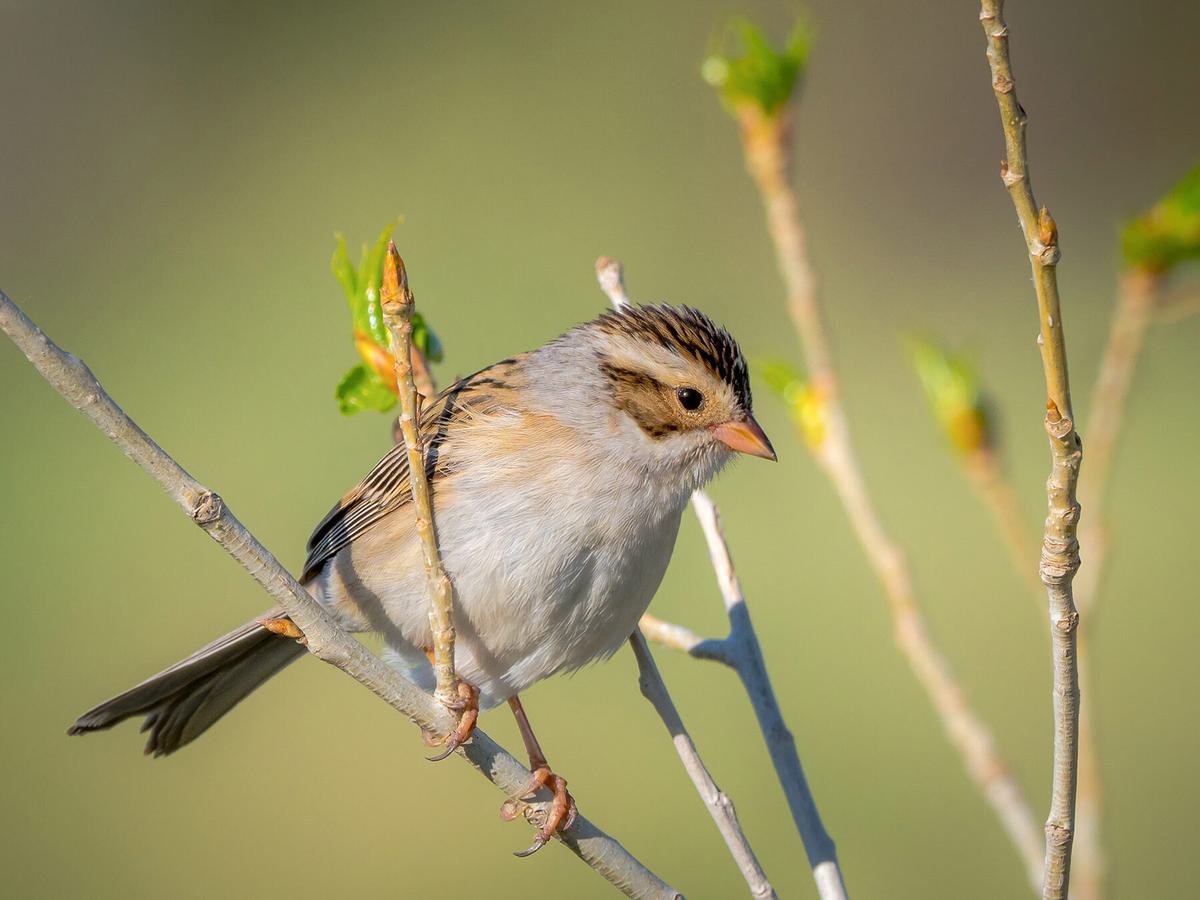
Clay-colored Sparrows (Spizella pallida) can sometimes migrate thousands of miles
Why have the sparrows disappeared from my garden?
Sparrows are generally secretive birds, and it might just be that they’re feeding somewhere nearby out of sight. Habitat changes in or around your garden might also be to blame, such as someone cutting down a tree or demolishing a garden building like a shed.
The Sparrows might have also identified a predator in your garden, like a domestic cat or fox. It’s also worth bearing in mind that sparrows tend to feed on the ground, so make sure you’re scattering bird food on the ground as well as placing it in a birdfeeder or on a bird table.
Another possibility is that there are new birds in your garden that are competing for food with your sparrows, forcing them elsewhere. Don’t panic - the sparrows are likely absolutely fine! These are tough, adaptable and highly successful birds.
